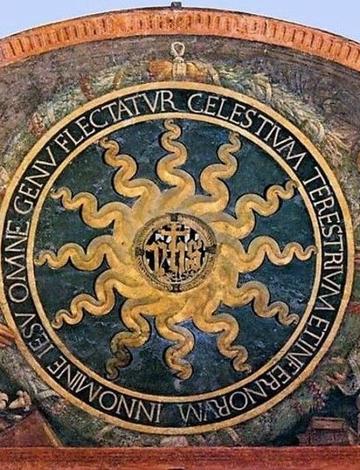
In this first presentation of our four-part series, facilitated by Darleen Pryds, we will look at the final years of Francis’ life, when his spiritual conversion reached completion. In this series, we will reflect on the process of ongoing conversion in our own lives by using stories from Francis’ life.














